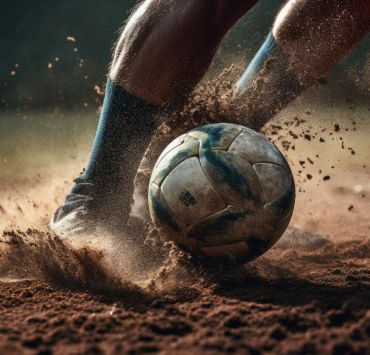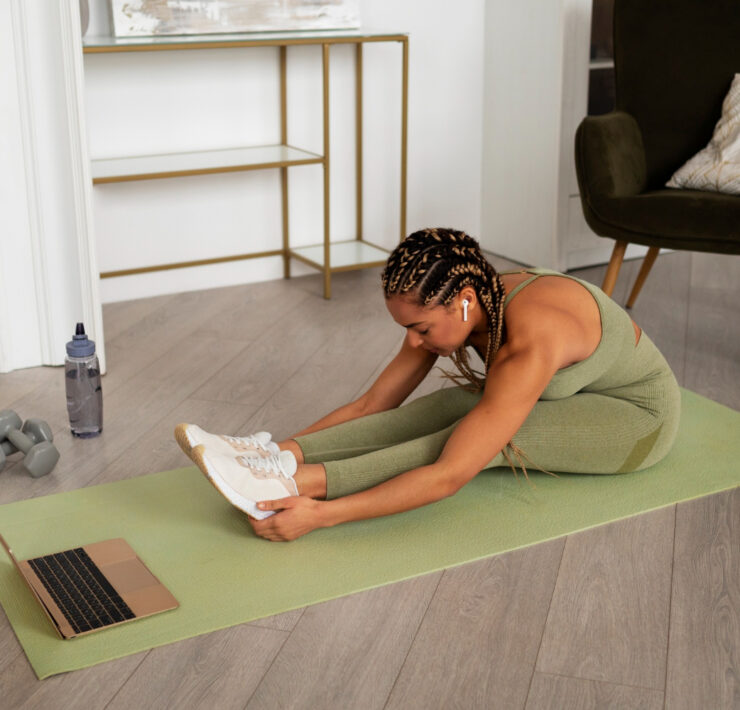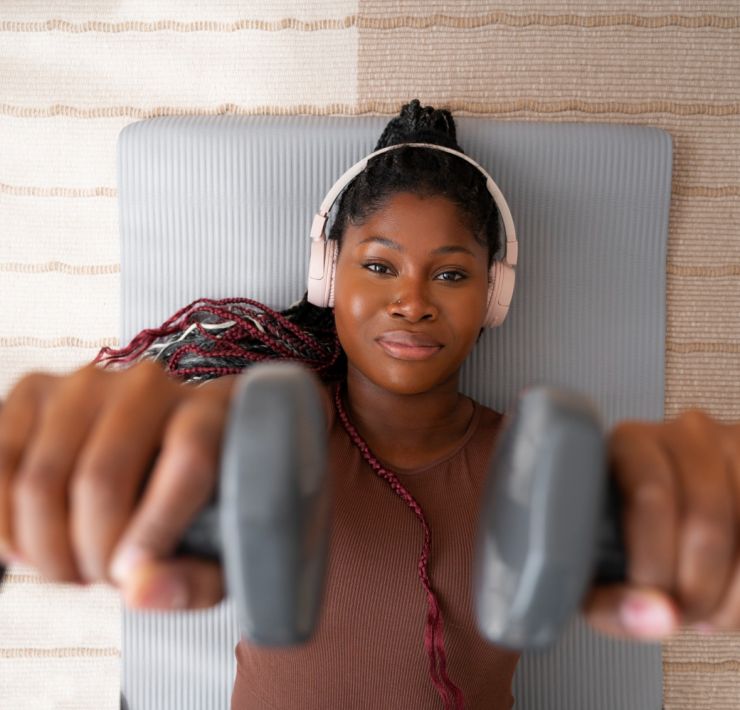Muscle Recovery 101: How to Alleviate Pain and Aches After Intense Workouts
- Whether you're a seasoned athlete or a beginner, recovery is an essential part of any fitness routine.

Intense workouts can leave you feeling accomplished and energized, but they can also cause muscle pain and aches that can last for days. Whether you’re a seasoned athlete or a beginner, recovery is an essential part of any fitness routine. Here are some tips on how to recover from muscle pain and aches after intense workouts.
Table of Contents
Stretching
Stretching after a workout can help reduce muscle soreness and improve flexibility. It’s essential to stretch the muscles that you worked out during your session. According to the American College of Sports Medicine (ACSM), static stretching after exercise can reduce muscle soreness.
Hydration
Drinking enough water is crucial for muscle recovery. During exercise, you lose a lot of water through sweat, and it’s essential to replenish it to avoid dehydration, which can lead to muscle cramps. The ACSM recommends drinking water before, during, and after exercise to help your body recover.
Rest
Rest is essential for muscle recovery. Your muscles need time to repair and rebuild after an intense workout. According to the National Academy of Sports Medicine (NASM), getting enough sleep is essential for muscle recovery. Aim for seven to eight hours of sleep each night to help your body repair.
Nutrition
Proper nutrition is essential for muscle recovery. Your body needs nutrients to repair and rebuild muscle tissue. Eating a diet rich in protein can help support muscle recovery. The International Society of Sports Nutrition (ISSN) recommends consuming 1.4-2.0 grams of protein per kilogram of body weight per day for those engaging in intense exercise.
Massage
Massage can help reduce muscle soreness and improve circulation, which can speed up muscle recovery. According to a study published in the Journal of Athletic Training, massage after exercise can help reduce muscle soreness and improve range of motion.
Ice and Heat Therapy
Applying ice to sore muscles can help reduce inflammation and swelling. Heat therapy can improve blood flow to sore muscles and improve flexibility. The American Academy of Orthopaedic Surgeons (AAOS) recommends applying ice for 20 minutes at a time and then allowing the skin to warm up before applying ice again.
In conclusion, muscle pain and aches after intense workouts are common, but they can be managed with the right recovery strategies. Stretching, hydration, rest, nutrition, massage, and ice and heat therapy are all effective ways to recover from muscle pain and aches after intense workouts. By incorporating these strategies into your fitness routine, you can help your muscles recover faster, so you can get back to your workouts feeling energized and ready to go.
Thanks for reading! We hope this helps you on your journey to becoming a fitter and healthier version of yourself. Don’t forget to follow @naijafitfam on Instagram for more helpful content.




















